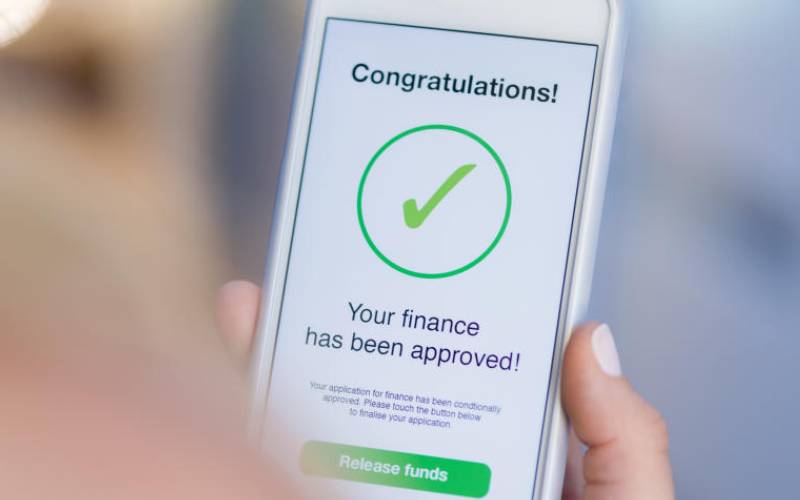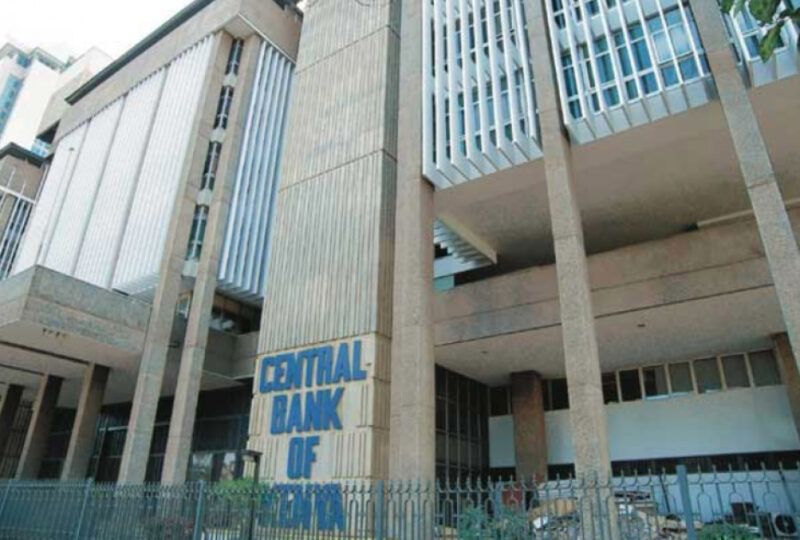The Central Bank of Kenya has licensed an additional 27 Digital Credit Providers (DCPs), bringing the total number of regulated institutions in the nation to 153. The development, which was announced on September 5, 2025, is another step in the regulator’s ongoing efforts to take Kenya’s fast-growing digital lending sector into formal ranks, a segment that has become one of the biggest forces for financial inclusion.
The new licenses are coming three months after the licensing of 41 DCPs in June 2025. CBK has received more than 700 applications from lenders seeking to be licensed to operate under the regulatory framework. The framework was instituted to curb predatory practices in the sector from March 2022. According to the bank, each application is put through rigorous processes to test business models, governance arrangements, and consumer protection terms.

CBK signposted that the licensing framework is aimed at targeting the fitness and suitability of shareholders, directors, and management of senior applicants. Only institutions that can satisfy high operating standards and legal requirements can operate in the country’s digital credit marketplace.
Growing regulation in Kenya’s highly demanding market
Digital credit providers are among the major players in Kenya’s financial sector, using mobile channels such as USSD, mobile applications, and agent networks. Their offerings range from short-term personal credit to education loans, working capital for small and micro businesses, and asset-backed credit.
By June 2025, registered DCPs had disbursed 5.5 million loans worth Ksh. 76.8 billion ($593.7 million), a testimony to their growing contribution to credit access extension. The rush is proof of the country’s growing reliance on mobile-enabled financial services, driven by high mobile penetration and appetite for fast, convenient credit products.


The scheme of licensing comes under the broader agenda of CBK to address problems that plagued the industry before the advent of regulation. The unregulated lenders had always been condemned for charging outrageous interest rates, misusing clients’ information, and employing unprofessional debt collection methods. CBK, in its 2023 Digital Credit Providers Guidelines, aims to enhance supervision, promote transparency, and enforce standards of responsible lending in the industry.
The regulator has also urged pending applicants to file their applications in time. The public, on their part, have been asked to report unlicensed providers through formal CBK communication channels. These efforts, the regulator noted, aim at protecting consumers as well as maintaining the integrity of Kenya’s financial system.
What it means for borrowers and the economy
The growth of regulated operators has far-reaching implications for consumers and the economy as a whole. According to a report by Technext, Kenyans take an estimated $3.85 million (Ksh. 500 million) in loans per day, or $115 million (Ksh. 15 billion) per month, from digital credit apps. Over eight million Kenyans, representing 16 percent of Kenya’s population, are monthly active borrowers.
See also: Digital lending: Kenyans borrow $3.85m daily and $115m monthly
To families, internet loans are a source of money for a lifeline in times of emergency, paying school fees, or in the event of a surprise rise in cost of living. Small enterprises utilize the platforms for liquidity and the boda boda transport sector has significantly been helped through financing motorcycles and jobs at stake.
The reach of digital lending is beyond credit. The licensed players lend 100,000 smartphones on average per month, expanding the number of Kenyans who can access the internet and participate in the digital economy. That dual impact on digital take-up and financial inclusion is the reason why CBK believes regulation is at the center of stability and growth.
Industry players also attribute significant gains since regulation began. The Digital Financial Services Association of Kenya (DFSAK) reports that complaints from customers formerly reaching thousands a month have come down remarkably with the tighter regulation of interest rates, use of data, and debt collection. By merging CBK’s licensing regime with industry-initiated reforms, the industry is leading the way towards a more trusted environment.


With more than 700 applications waiting in the wings, the phased approvals by the central bank are an obvious cautious effort to balance regulation and innovation. Each new crop of approved players increases access to credit and fills compliance levels. This comes down to borrowers as a greater variety of regulated lenders, and to the economy as a more transparent and sustainable credit market.
Regulation of another 27 providers makes Kenya a study of how regulation can turn around a digital lending segment that previously had been dominated by informal, high-risk players. With more players under the regulator’s gaze now, the country is moving towards an inclusive and responsible credit landscape, in keeping with CBK’s expressed aim of protecting consumers while promoting financial innovation.








